The ‘Dead by Daylight’ Team Reveals Which Killer Has Been Most Demanded by Fans of the Game

With the release of the new “All Things Wicked” chapter in Dead By Daylight, I was intrigued by just how into the horror the team has been lately. Thankfully, Dave Richard (Creative Director) and Nicolas Barrière-Kucharski (Senior Game Designer), both from the Dead by Daylight team, sat down with me as we dove right into the well of these ideas coming to pass in an ever-evolving game like Dead By Daylight.
Dread Central: Where did the “All Things Wicked” idea and inspiration come from?
Dave Richard: When we have to start a chapter, we check what has not been explored in Dead by Daylight, what has been explored but our fans want more of, or what we really want to explore. So, in this case, it was really a subgenre of horror, specifically analog horror, that was very alluring to us.
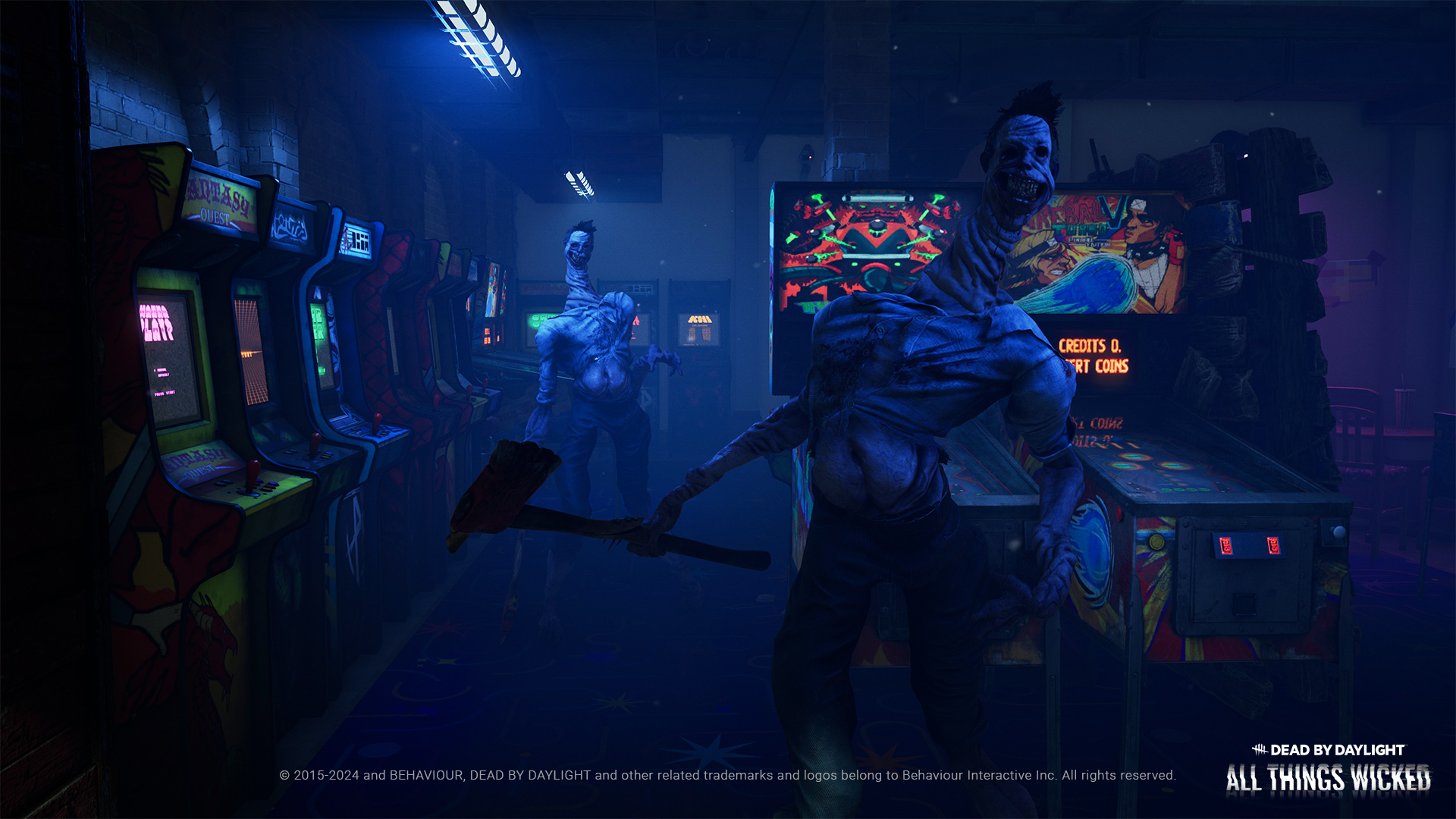
DC: It had a definite found-footage analog horror vibe, especially in the teaser trailers. Would that be what you would classify this creature’s subgenre as?
DR: Yes, absolutely. The unknown is the sort of what I find really cool about found footage analog horror or the cryptic nature of it. It’s the relationship between you, the viewer, and whoever’s holding the camera. Then, the visceral fear, no matter what. Is it a creature that you half see? A creature that is in your face? Is it just the essence of fear? That was one of the main drivers and pillars when we wanted to design and create the unknown. The unknown is the only creature in Dead by Daylight (except for The Entity) that has no truth about what it actually is. So we don’t know as developers, and nobody will ever know. And that’s I think, what defines it as analog horror.
DC: I was going to ask if you could give us a little story on the unknown, but I guess not!
DR: I mean, we can still talk a little bit about who the unknown is, but only the aspect of it in Dead by Daylight. For example, when we design a creature, we know that it has to have a physical appearance and it has to hunt humans. What are the reasons? We don’t know exactly. The central pillars that we have are its visual design and audio design. It’s a creature and, no matter what it is, it learns and mimics humans, but it’s terrible at it.
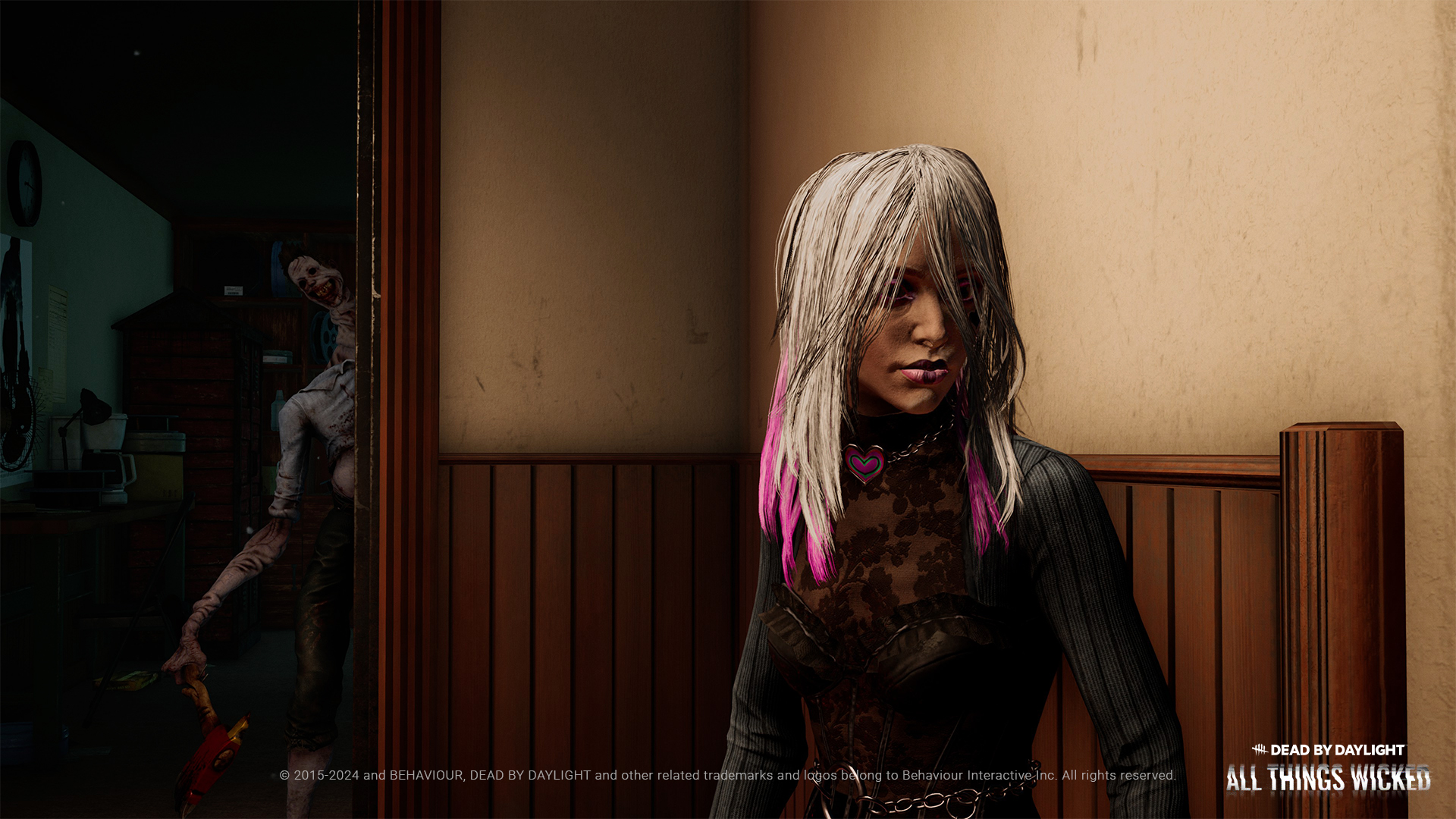
DC: The Unknown is incredibly creepy. I’ve noticed lately that there’s been a lot more focus on scary horror in Dead by Daylight. Is there a reason why the team is going really hard into the more frightening creatures?
DR: Yeah, great question. And thank you for really realizing that it’s definitely something we’ve been working towards. You know, we’ve been working on Dead By Daylight for a long time. And we’ve been doing a lot of exploring. It was important for us to do this exploration. I do believe that we can build in anything. Any sort of story, any kind of background, and any type of theme can become horror. But we’ve also experimented and changed our core genre through the years, like more action, a little bit goofy sometimes. And that’s all good. But now we want to go back to being, at our core, a scary game. We’re proving it with The Unknown.
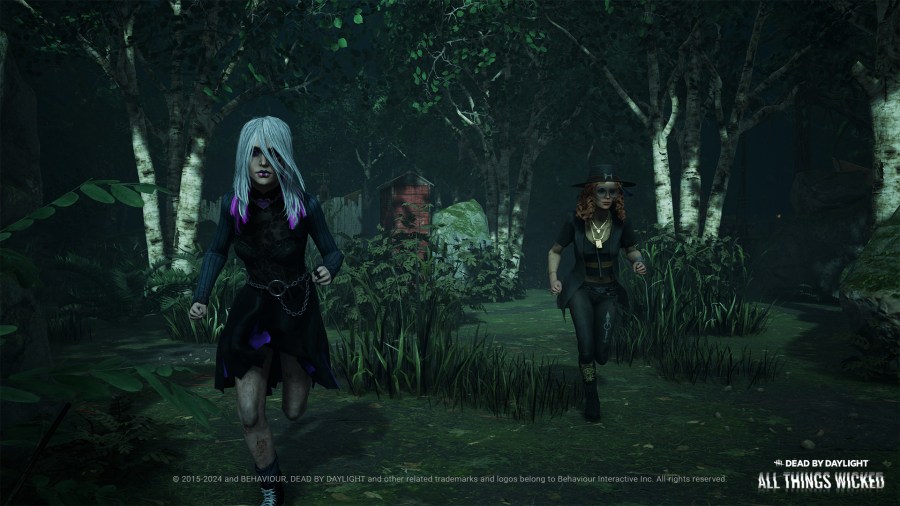
DC: Yeah, nothing gets me more than that bone-crunching sound. So, when creating these original IP characters and creatures, what goes into the design of these, as opposed to the license characters?
DR: So there is one significant difference. And this is very, very, very early in the process, where when we create an original creature, there’s a team in place to define a sandbox with which the rest of the team can play and define the details of the character. That sandbox is defined by core pillars, kind of values, and a fantasy that we want to create. So, in this case, it’s like an analog horror-inspired monster. It’s important that we have intimate moments when facing that killer. That’s going to be part of the fear. So, things like that define the big strokes of the killer.
When dealing with a license, this sandbox has already been defined for us. It already exists, and there’s already content that can be consumed. So the job changes a little bit differently. It’s just analyzing the product and making sure that we represent these pillars accordingly in our universe.
Nicolas Barrière-Kucharski: For the actual gameplay portion of it, it really starts from, like Dave said, hands off in a sandbox. Then there’s the gameplay pitch, which gives us a starting point. Then, after that, there’s a really long phase of exploration where we try a lot of things.
There’s a lot of exploratory work that goes into making an original killer because we have to find our own restrictions, which is always a double-edged sword of making something that’s brand new. It’s like, where do you start? Where do you stop? And then it’s a lot like sculpting. I’m going to be honest: you chip away at the marble, and it looks like this. And this is the unknown.

DC: So, when you’re doing this exploration phase, how do you fine-tune the feats so that they ensure they’re in line with the idea of the character?
NBK: So, as a game designer, it starts with following something that you see has merit and trying it out. Then it’s asking everybody what they think. It’s often, like, “Hey, we made another one, try it.” You get the ideas and the input from everyone. Then, we have to say this is in line with the objective. And either it failed to get there, or it didn’t. Is this something you can iterate in? Or is it actually that you scrap this portion?
One of the great things that’s really fun about working with Behaviour is everyone is very good at giving feedback. Everybody always comes with the best foot forward, like wanting you to succeed and coming at it with their own interpretation of the theme. We’re always just talking together because we ship this as a team. This is not to say that we must find the perfect consensus because we need someone to push through and say, “This is the vision.” Then you find something fun because we have an amazing team of people who’ve been making this game for eight years now.
DC: Is this process still the same for The Momento Moris, the signature kills?
DR: Yeah, pretty much. Designing the Moris is one of the most fun we can get on the chapter, license or not. Of course, for a license, you always have to make sure that you represent the brand well and that the license owner will say, “Yes, you can do this with our character.” They usually end up being classic kills from the license we’ve already seen. But designing the Moris is always a lot of fun because the team has to come together and create this cinematic moment. That’s very rewarding.
We usually go through a process where we have lots of ideas for different scenarios or things that we absolutely want to see. Then, we will discuss the constraints that we have with the characters. And then our artists make storyboards, so we are very lucky because we’ve seen many different Moris for the unknown and for all of the characters. You only get to see one, but it’s usually the best.
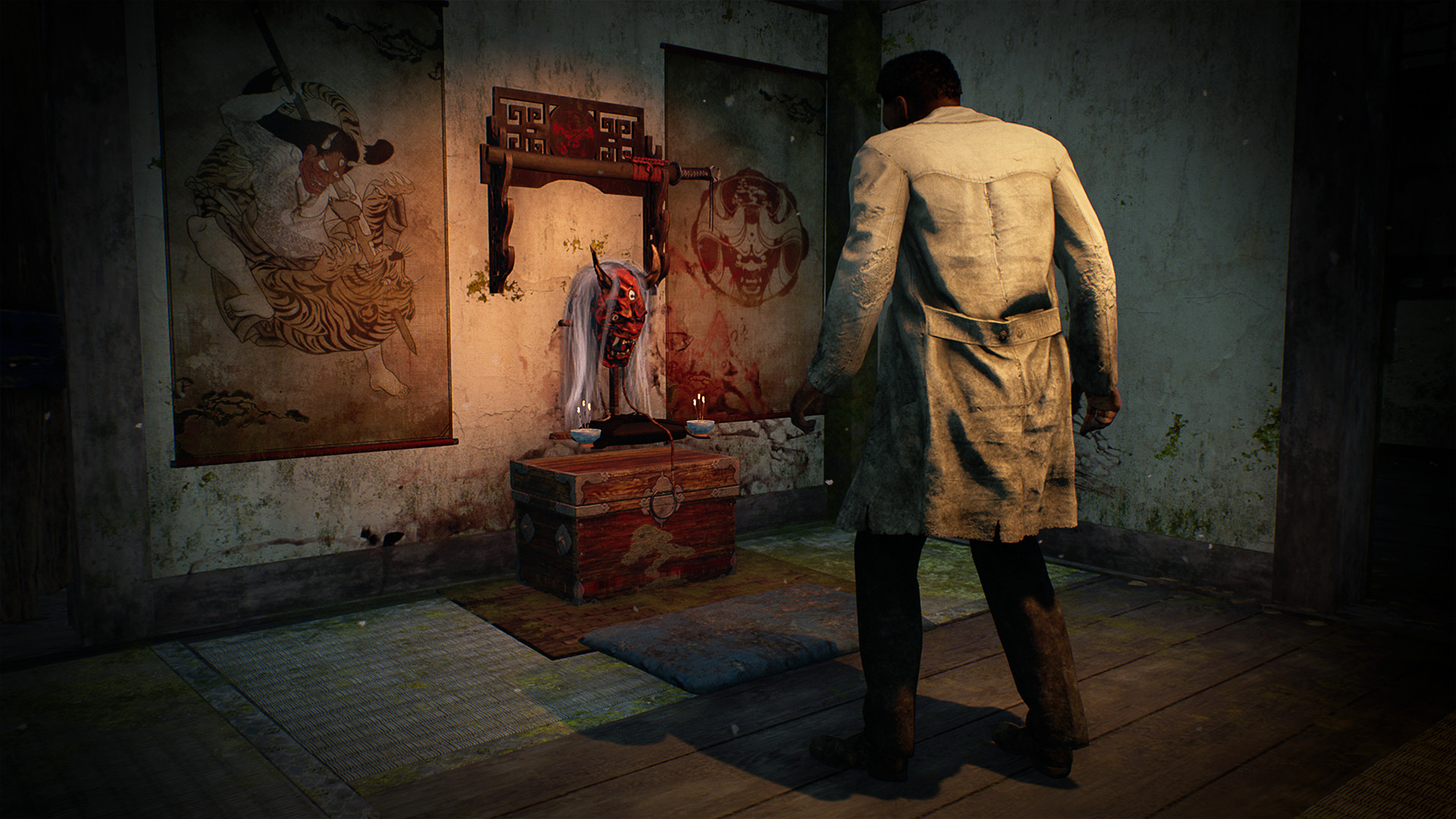
DC: The Moris for The Unknown really gets under my skin.
DR: There are moments where it’s good because we have ideas of the character, like The Unknown. We knew that he was going to walk in a very funny way. And at some point, I think it was in game design where there was a way to walk on all fours, like upside down.
NBK: Wow, I’m surprised you remember that. The development is incredibly intuitive. This never made it to the prototype stage, but this was a paper pitch, where The Unknown would sort of grab available space on a surface and then zigzag in 3D space. So that was a vision, but we didn’t end up pursuing it because it was incredibly map-dependent.
DR: Everybody wanted to have a lot of fun with that, so where can we make the character move like that? Where is it possible? So yeah, the Moris is always a chance to show a part of the character that’s impossible to show in normal gameplay.
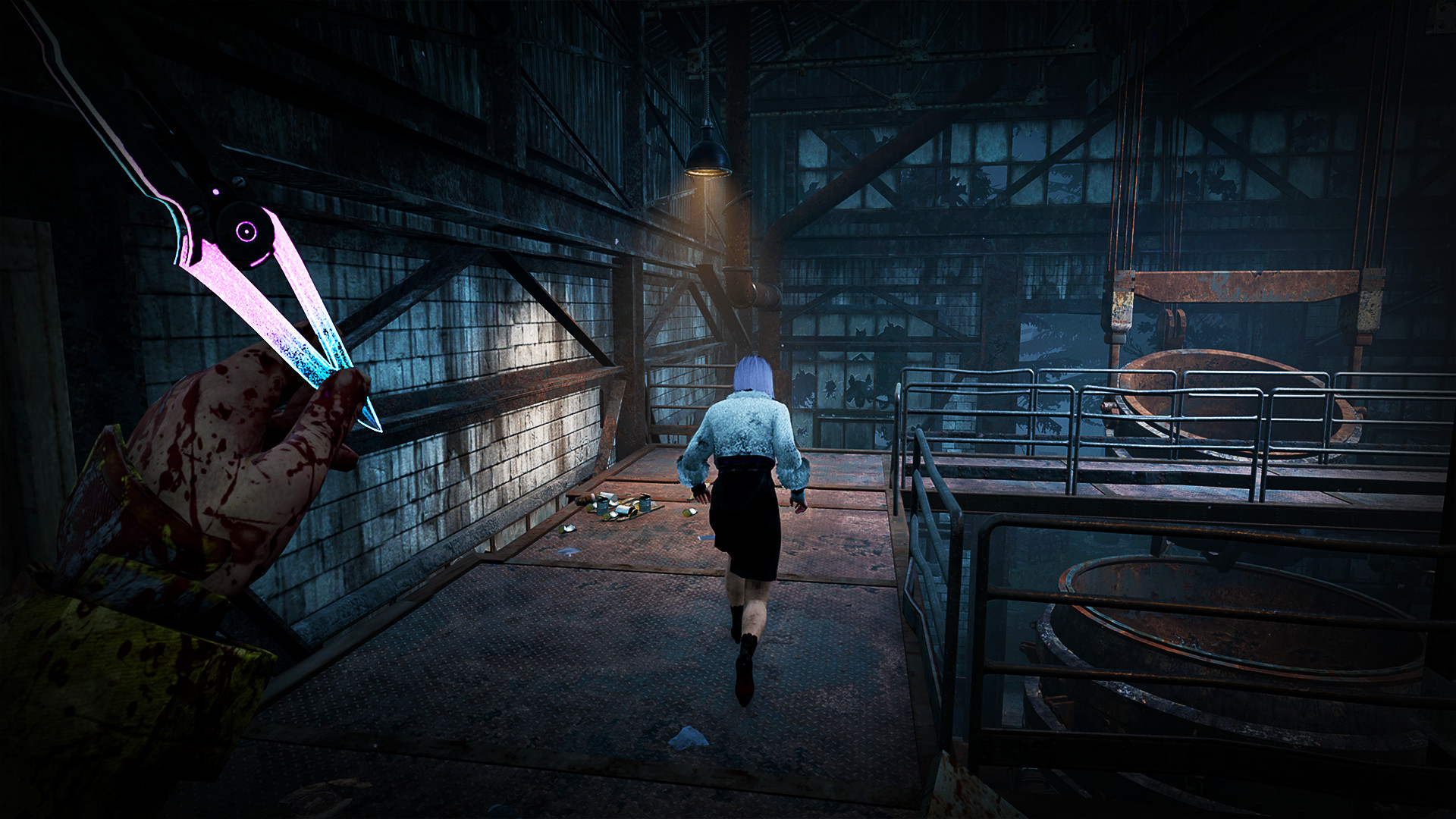
DC: So when the original teaser came out with the campsite fiasco, there was this weird fervor about a mimic-esque killer. Has the team ever really dove into what that would take to do?
DR: Never. No, it happens like every week. We started Dead by Daylight with 30 people, and we’ve always had a mimic monster on our list. Now we have almost 1000 employees and I think every new person joining the Dead By Daylight team is like, “Have you thought of a mimic killer?” Yes, and that would be quite tricky. It’s very interesting, and we know that the community would love to be able to play such a monster, so it’s definitely our focus. It’s going to happen someday.
NBK: It’s so tough because one of the major problems you often see is that Dead By Daylight works on so many levels of social dynamics. The killer is always alone. Then, the survivors are 1234 and can be in any combination of alone, two, three, or four. We have to make the game legible with a bunch of information. But then, as soon as you start having this mimic killer, there are so many wonderful questions that are not easy to solve, such as “Okay, I shifted into the survivor, the survivors say there is a fake Dwight,” and then it’s over. Then you start having to wait. Which information is true? Which information is false? And that gets into very frustrating territory, especially with human beings.
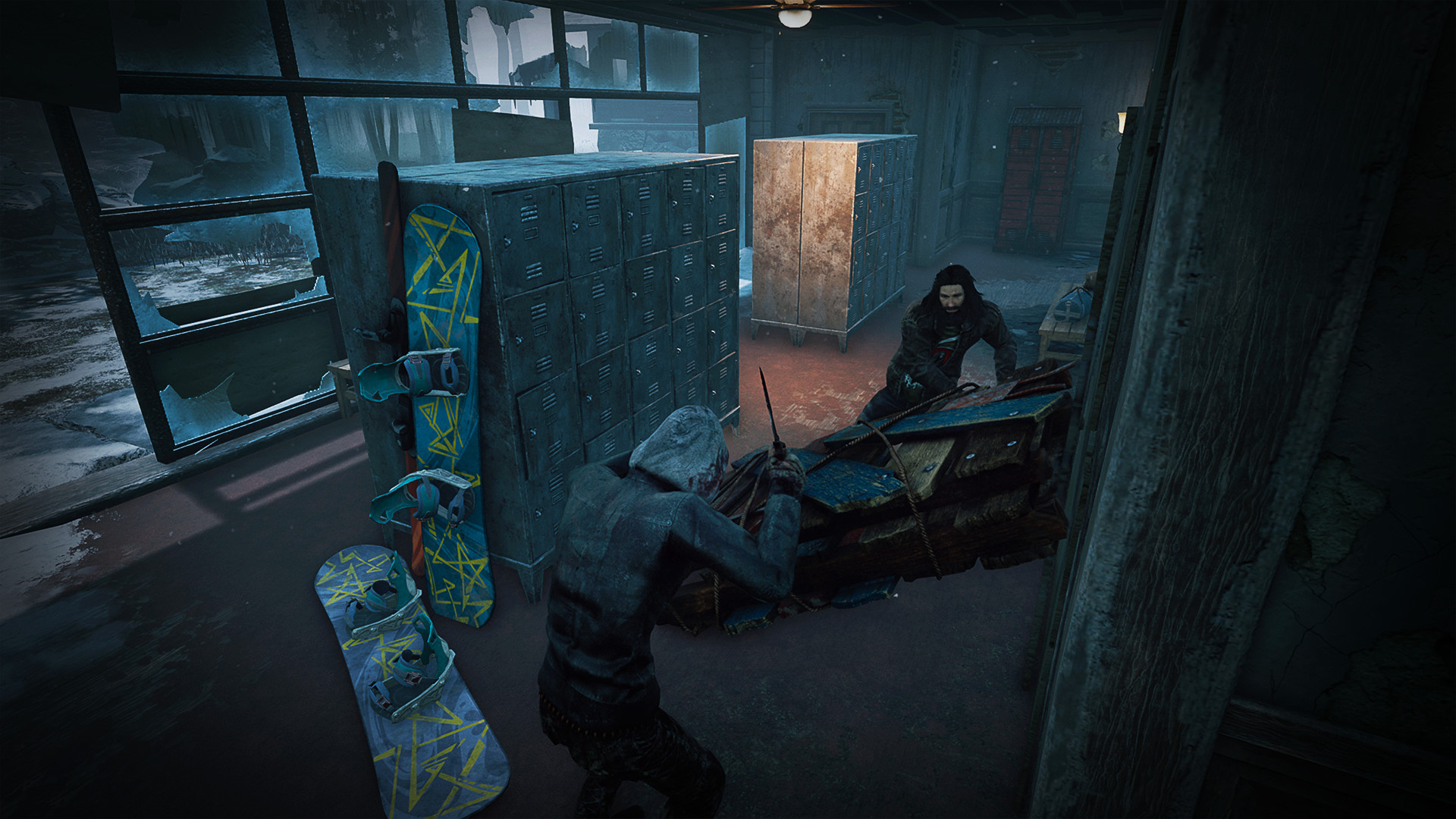
DC: I’ve asked this question to Mathieu before, and I get more curious about the answer every time I see one of these new original IP releases. But how does the team decide to tackle what’s next? Is it just a bunch of ideas and inspirations about those ideas that you get everybody to check out?
DR: Yeah, we’re a very, very open company. There’s a semi-organic way in which we decide what’s next. And there’s also a very strategic way of thinking what’s happening next. So, strategy-wise, we are a bunch of people who put things together: a list of what we should hit these marks and what we should avoid. Also, we should make sure that what we offer as content is not repetitive in the timeline. For example, we shouldn’t do four ranged slashers in one year. We want to mix the options so that everybody finds something they like during the year.
In terms of fantasy and what the power could be, we have a whole process with cool-sounding horror names. So the first one is the “Well of Horror”, which’s basically our bucket. So anybody on the team can go to the bucket space and put anything they want to explore. Like, I think that the little trolls’ dolls are really creepy. So they’re in there, and maybe at some point, it’s going to make its way to, you know, a chapter idea or cosmetic or whatever.
Then we go to another process called “The Altar.” At the altar, we focus on ideas that we think or like have a lot of potential. As a group, we all debate on its feasibility, and in the context of today, ask if they have great appeal. Would people want to play these? After the altar, we have a better idea of what we should place in the roadmap and when. So yeah, it’s it’s kind of it’s kind of a mix of organic and strategic.
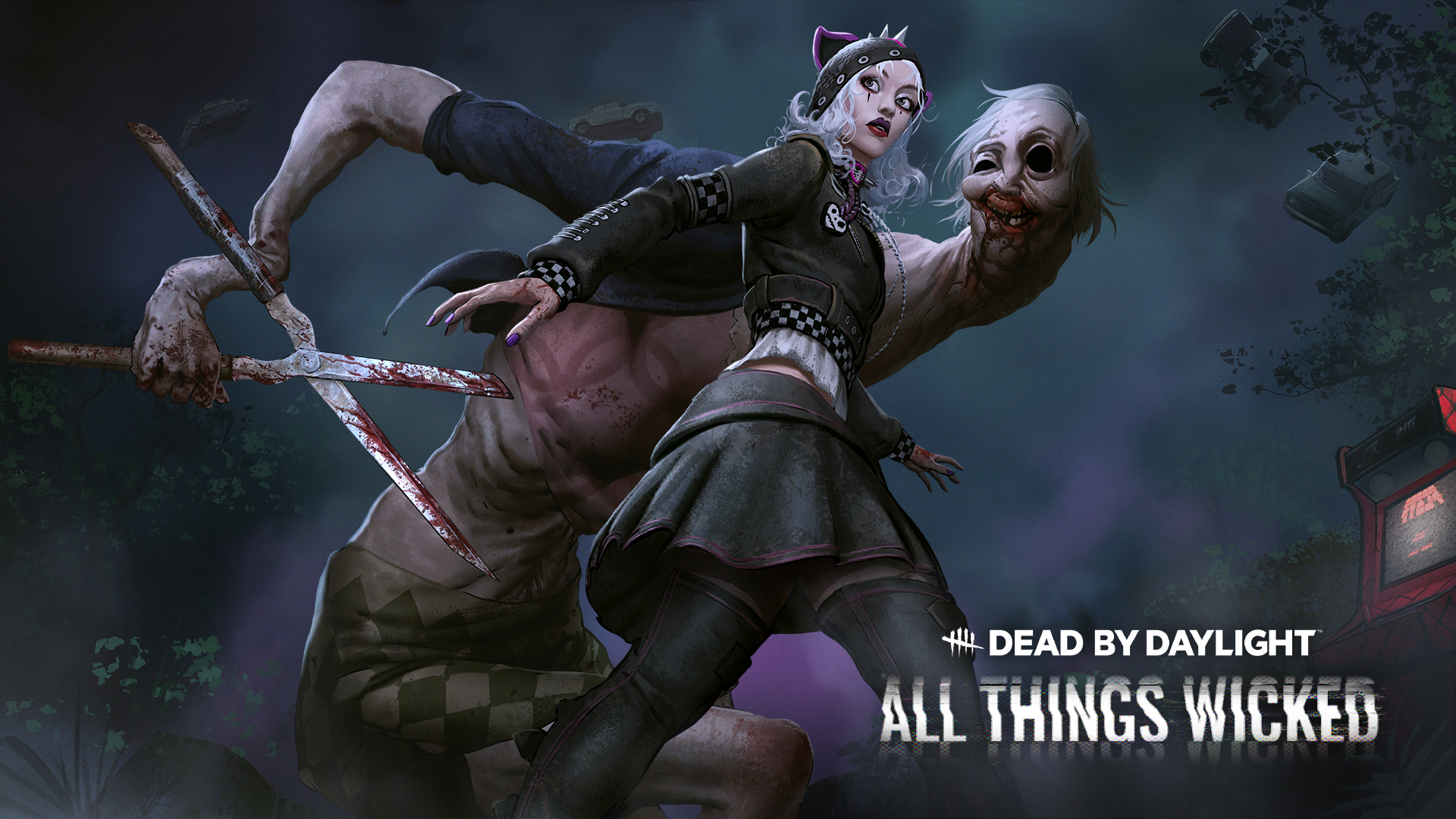
DC: Dead by Daylight is turning eight this year, which is incredible. Congratulations. The team seems to be going strong, but how does it keep up with the ever-evolving graphical potential and potentially new hardware down the line?
DR: It’s a great question. I can only answer part of it because I don’t have the technical background to discuss the details.
DC: That’s okay. I don’t have the technical background to understand.
DR: Any game as a service has this challenge in front of them. They need to find a balance between supporting where the game was supported before and growing into and shifting around the new hardware markets when people shift around. Until now, it’s not been easy, but it’s also been the easiest challenge we will face. Because we’ve kept alive versions that we’ve built along the first two, three, five years and still supporting the past versions, it’s a challenge internally because being able to make sure that the game can run on all of this and it’s one hell of a challenge.
But I think now, moving in the future, we can always do that type of graphical overall. However, the biggest challenge will be moving away from supported platforms. And that’s definitely going to happen in the life of Dead by Daylight. Yeah, it’s going to happen for sure.
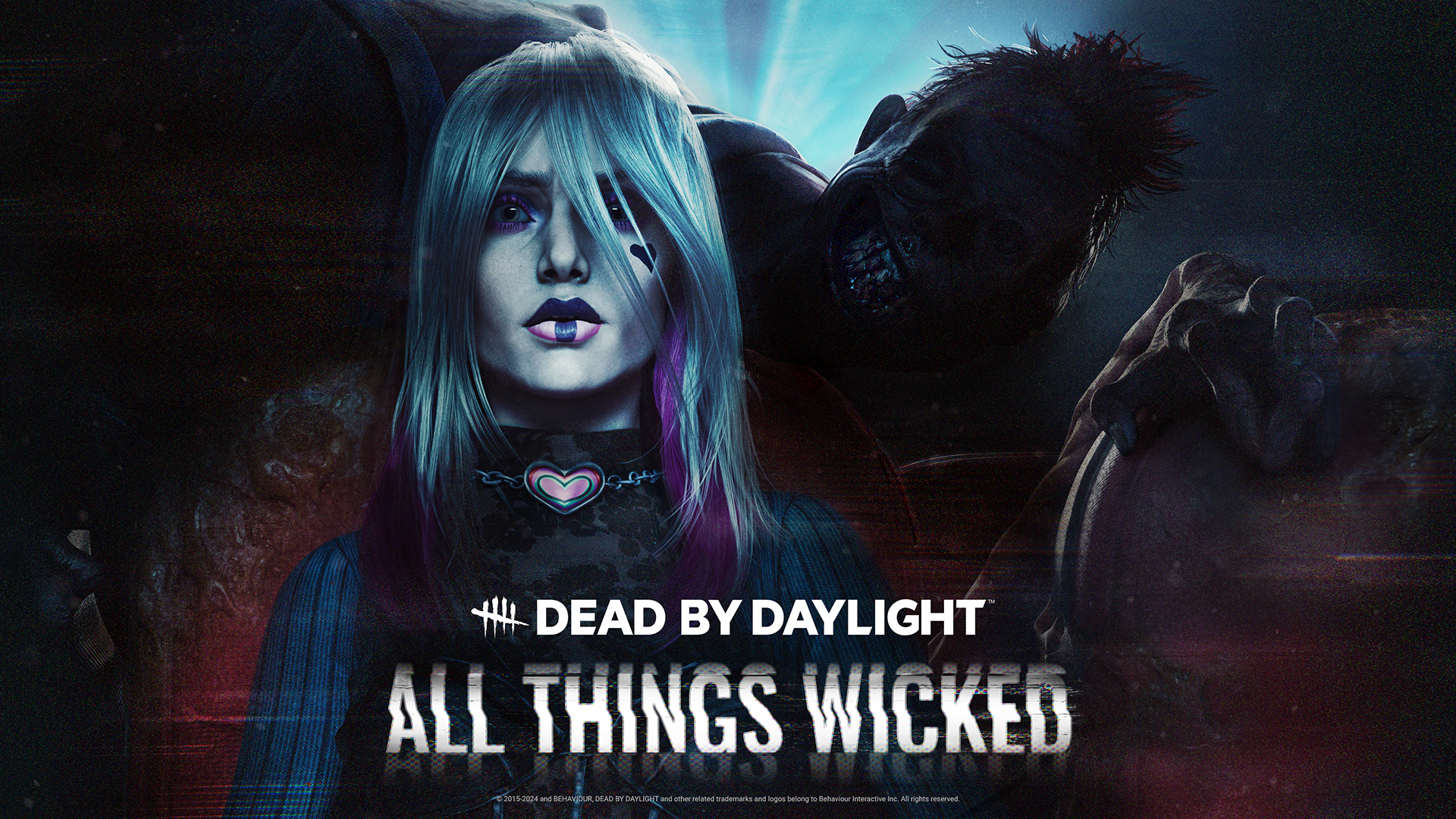
DC: The second part of this last question is where the “no” will probably come from. As I mentioned, it’s eight years this June. Do you guys have some big plans? Can you give me a hint? I already know the answer is no.
NBK: Sorry, no. But I can tell you a number will be involved.
DC: I bet it’s the number eight.
NBK: *winks*
Categorized:Interviews

